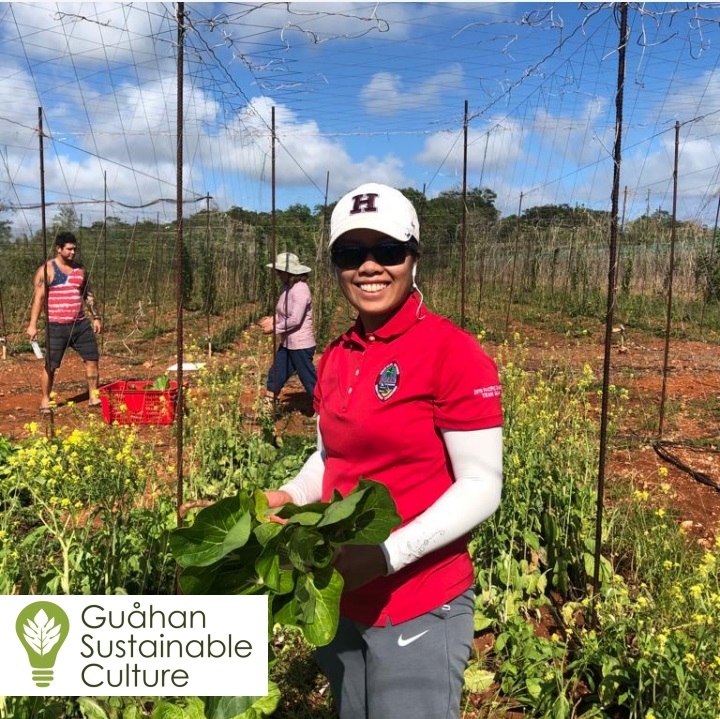Learning Standards/Objectives:
Standard 2: Communication and Collaboration HEALTH
Students use digital media and resources to communicate and work collaboratively, including at a distance, to support individual learning and contribute to the learning of others.
9–12.2.2 Communicate information and ideas effectively to multiple audiences using a variety of digital media and formats (e.g., email, blogs, webpage’s).
Standard 3: Research for Problem Solving and Decision Making
Students plan and conduct research, manage projects, solve problems, and make informed decisions using appropriate digital tools and resources.
9–12.3.1 Define potential topics on current issues, problems to solve, or significant questions using appropriate digital resources (e.g., resource databases, websites, online projects, blogs).
9–12.3.2 Organize a project or inquiry using online tools (e.g., wikis, web quests, storyboards).
9–12.3.3 Select a variety of sources (e.g., resource databases, video interviews, online experts, documentaries) to reflect diverse perspectives on an issue.
9–12.3.4 Use advanced functions of search engines, including the help menu and directories, to identify resources for different purposes.
Standard 4: Digital Citizenship
Students demonstrate safe, legal, and ethical behavior when using technology to communicate or create a product
9–12.4.2 Practice safe and responsible sharing of information and opinions online.
Standard 1: Core Concepts Health Ed
Comprehend concepts related to health promotion and disease prevention to enhance health.
HS.1.3
Analyze how environment influences personal and community health.
EXAMPLE: Design a recycling program at your school, village community center, mayor’s office, local market,
church, and/or village fiesta.
HS.1.9 Analyze the potential effects of unhealthy behaviors and propose ways to avoid risky behaviors. EXAMPLE: Explain the relationship between improper diet, lack of exercise, and cardiovascular disease.
Standard 6: Goal Setting
Demonstrate the ability to use goal setting skills to enhance health.
HS.6.1 Assess personal health practices and overall health status.
EXAMPLE: Analyze methods of cooking food to determine their effects on nutritional value.
HS.6.2 Develop a plan to attain a personal health goal that addresses strengths, needs, and risks. EXAMPLE: Compare and contrast realistic and unrealistic goals.
HS.6.3 Demonstrate the ability to design and implement a plan for achieving a personal health goal.
EXAMPLE: Develop an action plan, support network, and reward system to achieve short- and long-term goals
HS.6.4 Formulate and implement an effective long-term personal health plan. EXAMPLE: Develop short-term goals that aid in achieving a long-term goal.
STANDARD 2 SCIENCE: Life Science: Students understand the diversity and unity
of living organisms, the living environment, and principles of ecology.
BI.2.26: Explain that the amount of life any environment can support is limited
by the available energy, water, oxygen, and minerals, and by the ability of
ecosystems to recycle the residue of dead organic materials; recognize, there-
fore, that human activities and technology can change the flow and reduce the
fertility of the land.
BI.2.30: Recognize and describe how human beings are part of Earth’s ecosys-
tems and that human activities can, deliberately or inadvertently, alter the
equilibrium in ecosystems
BI.2.31: Understand and describe how organisms are influenced by a particular
combination of living and nonliving components of the environment.
BI.2.32: Recognize and describe how the physical or chemical environment may
influence the rate, extent, and nature of the way organisms develop within
ecosystems.
STANDARD 1: HEALTH EDUCATION: Core Concepts: Comprehend concepts relat-
ed to health promotion and disease prevention to enhance health.
HS.1.1: Predict how healthy behaviors can affect health status
HS.1.2: Evaluate the interrelationships of physical, mental/emotional, and so-
cial health.
HS.1.3: Analyze how environment influences personal and community health.










